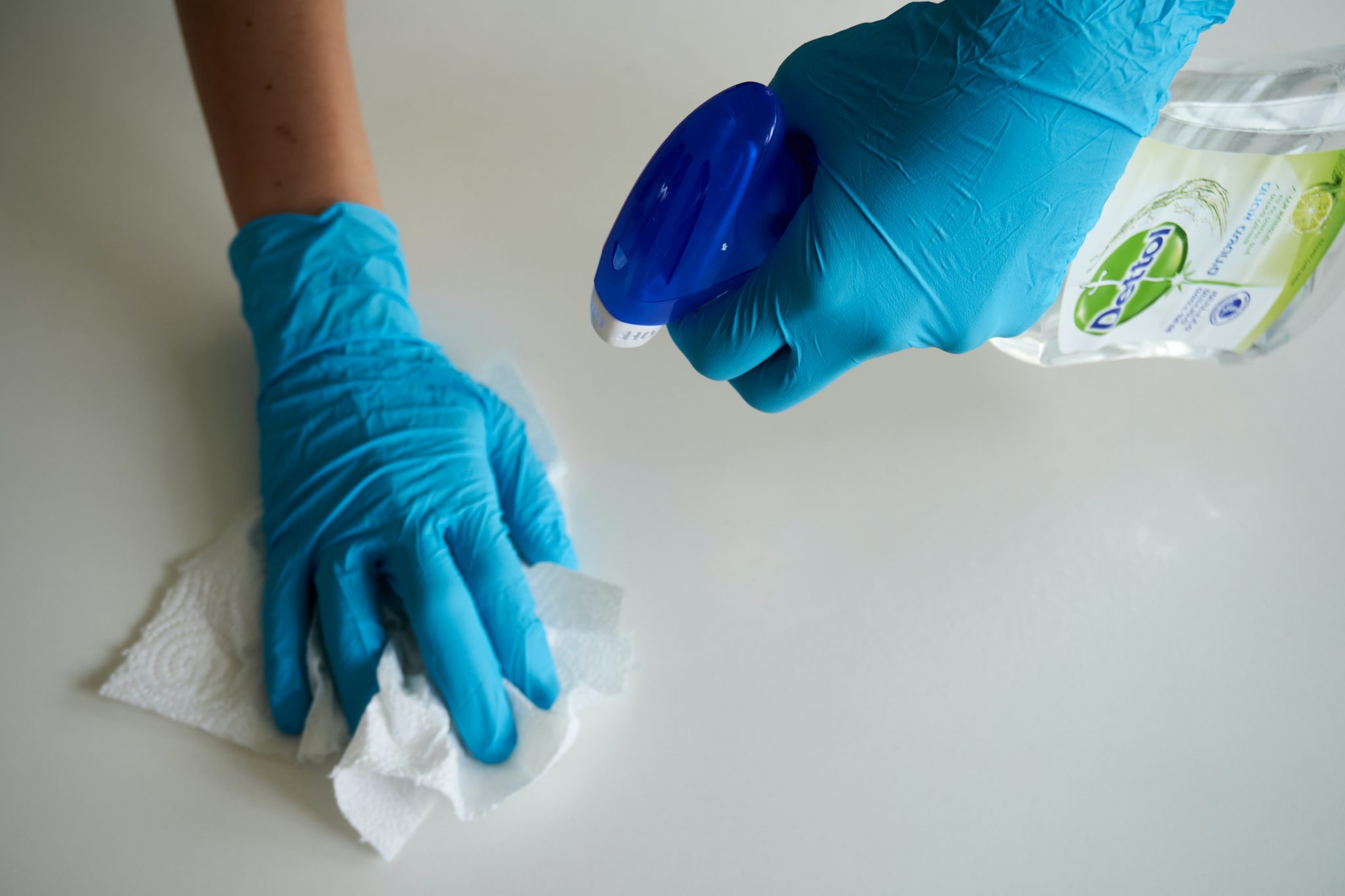Making sure people stay two metres apart is key to preventing a COVID-19 outbreak at the workplace. In the second part of COVID-19 Tips for Employers we explain how you can help your staff maintain social distancing at all times during the working day.
This advice is based on the latest ‘Working safely’ guidance from the government. If you’d like to see a more detailed version for different industries, please click here.
Coming to work and leaving work
Arrival and departure from work is often a busy part of the day and crowding in reception areas and offices is possible. It is also very likely that there would be more passengers on public transport. Factors like these put employees at a higher risk of infection. To prevent this from happening, consider:
- Staggering arrival and departure times
- Providing bike-racks to encourage people to cycle to work if possible
- Reducing the number of passengers in corporate vehicles, such as work minibuses
- Having more entry points to the workplace
- Introducing one-way flow at entry and exit points and using markings to clearly identify these
- Designating exclusive entry and exit points for staff working in high-risk areas
- Clean pass readers regularly and ask staff to hold their passes next to pass readers, rather than touching them
- Provide handwashing facilities or hand sanitiser at entry and exit points
- Providing storage for workers’ clothes and bags
- Asking staff to change into work clothing and equipment on-site, using appropriate changing areas, where social distancing guidelines and hygiene can be met
- Washing work clothing and equipment on-site rather than at home
Moving around buildings and worksites
Social distancing should also be maintained while people travel through the workplace. Some practical steps you can take to achieve this include:
- Discouraging non-essential trips within buildings and sites and restricting access to some areas
- Remove access controls at certain areas if possible, so people don’t have to use access cards
- Try to restrict access between different parts of a building or site
- Using fixed teams to prevent overcrowding
- Introduce more one-way flow through buildings, especially in long corridors
- Reduce maximum occupancy for lifts and encourage staff to use the stairs whenever possible
- Make sure people with disabilities can access the lifts
Workplaces and workstations

If equipment or workstations need to be shared by staff, make sure they are shared by the smallest amount of people possible.
When workstations can’t comply with social distancing guidelines, then you should consider if the activity needs to continue for the business to operate. If that’s the case, then take all mitigating actions possible to minimise the risk of transmission. For example:
- Use plastic screens if moving workstations apart is not possible
- Clean workstations and shared equipment regularly
- Limit the use of high-touch items and shared office equipment
- Arrange people to work side-by-side or back-to-back if moving workstations apart is not possible
Meetings

By now, you are probably quite used to remote meetings. You should continue avoiding in-person meetings. However, if a meeting can’t be conducted online, you should follow these measures:
- Avoid sharing pens, documents, etc.
- Provide hand sanitiser in meeting rooms
- Make sure only absolutely necessary participants attend in person and maintain social distancing throughout the meeting
- Hold meetings outdoors if possible. Indoor meetings should take place in well-ventilated rooms
Office kitchens and canteens

It’s harder to maintain social distancing in break rooms, kitchens and canteens. To facilitate that, you could:
- Stagger break times
- Use safe outdoor areas for breaks
- Install screens to protect staff in reception areas
- If possible, avoid opening the staff canteen. Provide employees with packaged meals instead
- Reorganise seating and tables to provide more space and reduce face-to-face interactions
- Encourage staff to remain on-site during breaks
Accidents, security and other incidents
People do not have to comply with social distancing guidelines in an emergency if that would be unsafe. Those involved in assisting others should pay particular attention to their hygiene and wash their hands immediately afterwards.
As an employer, you should review your incident and emergency procedures so that they reflect social distancing principles as much as possible.
Keep in mind any COVID-19 safety measures implemented by the business may change the security risks on the premises.
If your company conducts physical searches of people, think about the safety of those who carry out the searches.
What if social distancing can’t be fully implemented?

Sometimes at work, it will not be possible to keep a distance of two metres, because of fixed equipment or activities designed for close-proximity collaboration. When social distancing guidelines cannot be followed in full, you should consider if the activity concerned can be redesigned to maintain a two-metre distance (or one metre with risk mitigations where two-metre is not viable).
Risk mitigations include:
- Keeping the activity time as short as possible
- Separating people from each other with screens or barriers
- Avoiding face-to-face working and using back-to-back or side-to-side whenever possible
- Fixing employees in teams to reduce the number of people each person has contact with
- Increasing the frequency of hand-washing and surface cleaning
If, even after redesigning the activity, it cannot accommodate social distancing guidelines, consider if the activity is essential for business operations. If it is, make sure you take all mitigating actions possible to keep staff safe.
Keep in mind that social distancing applies to all parts of the building, including entrances and exits, break rooms, canteens, etc. You should specifically remind workers to adhere to social distancing in these areas.
Customers, visitors and contractors
You should limit the number of visitors and allocate them to specific time slots if possible. If practical, try maintaining a record of all visitors. This is to assist NHS Test and Trace in the event of an outbreak.
Encourage people who come into the building to use hand sanitiser when they enter the premises and think about other hygiene arrangements. For example, do you ask visitors to sign in with the same pen at reception? You might want to revise this practice.
Also make sure guidance on social distancing and hygiene is clearly signposted at entry points.



